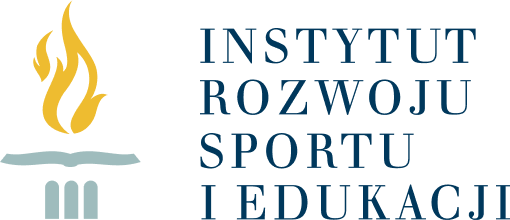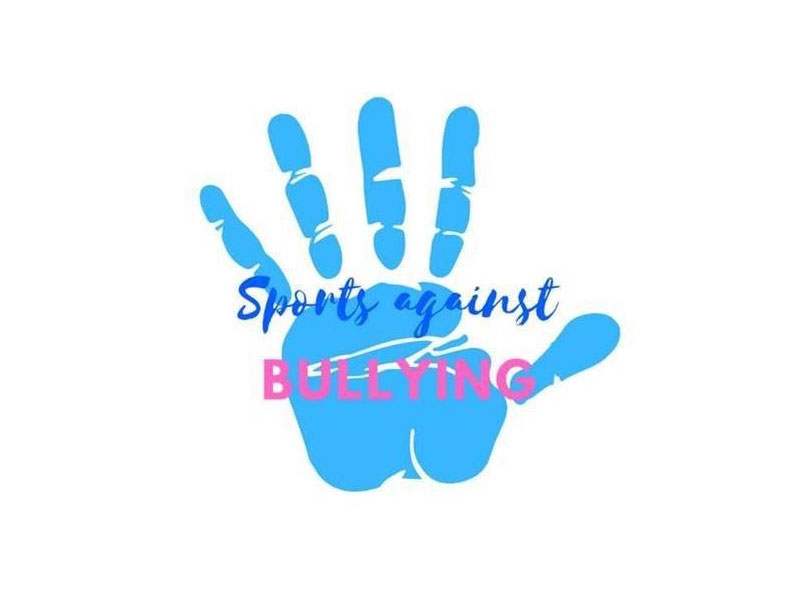Erasmus + Program, Key Action 2: Strategic Partnerships,
GRANT AGREEMENT for a: Project with multiple beneficiaries under ERASMUS + Program 1 SCHOOL EDUCATION STRATEGIC PARTNERSHIPS AGREEMENT NUMBER - 2018-1-PT01-KA201-047282
Duration: 24 months starting on 01/10/2018 and finishing on 30/09/2020
Coordinator: Agrupamento de Escolas de àguas Santas (PT)
Partners: Institute for Sport and Education Development (PL), Asociacia Za Razvitie Na Bulgarskiasport (BG), SMART IDEA Igor Razbornik p. (SI), Erenkoy Zeki Altindag Ortaokulu (TR), Konya Il Milli Egitim Mudurlugu (TR)
Idea development template
School is a place where children learns and molds themselves into someone that they wanted to be. But sometimes the school can be a battle of field or a place of survival for students because of peer bullying.
In all over the world communities run many programs to prevent violence among children, youth and adults. School bullying is nothing new, but psychologists identify new ways to prevent it. Also Dr. Dan Olweus, a research professor of psychology from Norway, is often considered the "pioneer" in bullying research states that students were involved in more serious bullying problems at ‘about once a week' or more frequently.
In this project our aim is to prevent violence and bullying among teens by engaging them in sports activities as an alternative to delinquency and bullying. Sport has become a universal language representing fun, friendship, discipline and achievement, and it seems almost inconceivable that it should be tainted by violence. These project focuses on topics such as tolerance, solving problems in a peaceful manner and contributing to a healthy society. We will achieve this goal with the pan EU analysis of good practices in preventing bullying, selecting best practices into guide, preparation of the training course for teachers and parents and implement it into school with six months monitoring of improvements.
Aim: What we want to achieve with the project?
● happy and relaxed students in bullying free school
Problem: What is the problem and needs across EU? Who says so (links to evidence or analysis)?
● One of the two EU 2020 headline targets for education is to reduce early school leaving to a 10 % average across the EU. Bullying is directly recognized as affecting early school leaving in the Annex to the Council Recommendation on Early School Leaving (2011): ‘At the level of the school or training institution strategies against early school leaving are embedded in an overall school development policy. They aim at creating a positive learning environment, reinforcing pedagogical quality and innovation, enhancing teaching staff competences to deal with social and cultural diversity, and developing anti-violence and anti-bullying approaches’.
● According to Commission ET2020 School Policy Working Group of Senior Education Officials from National Ministries/ENSEC/NGOs surveys findings a large number of EU Member States do not have any national school bullying and violence prevention strategy. Moreover, most have no integrated focus between early school leaving and bullying prevention; most have no specific focus on prevention of homophobic bullying.
Background / Eu policies / call objective (exact sentence in the call http://ec.europa.eu/programmes/erasmus-plus/documents/erasmus-plus-programme-guide_en.pdf , page105 onward, especially 120-121)
● Horizontal:
- Social inclusion: priority will be given to actions that promote - in particular through innovative integrated approaches - inclusion, diversity, equality, gender-balance and non-discrimination in education, training and youth activities. The Programme will support projects that aim to: 1) foster the development of social, civic, intercultural competences, media literacy and critical thinking, also combating discrimination, segregation, racism, bullying and violence; 2) enhance the access, participation and learning performance of disadvantaged learners, reducing disparities in learning outcomes. (Erasmus+ guide/p.122)
- Educators: priority will be given to actions that strengthen the recruitment, selection and induction of the best and most suitable candidates for the teaching profession as well as to actions supporting the promotion of high-quality teaching, training and youth work. The Programme will support the professional development of educators (such as teachers, professors, tutors, mentors, etc.) and youth workers, especially in dealing with early school leaving, learners with disadvantaged backgrounds, diversity in classrooms and other contexts and work-based learning. (Erasmus+ guide/p.123)
● Specific:
- Supporting schools to tackle early school leaving (ESL) and disadvantage and to offer quality education, enabling success for all students, from the lowest to the highest end of the academic spectrum, including children with a migrant background who might face specific (e.g. linguistic) challenges; strengthening collaboration among all actors within schools, as well as with families, and other external stakeholders; improving transition between different stages of education; supporting networking by schools which promote collaborative and holistic approaches to teaching and learning; improving evaluation and quality assurance. (Erasmus+ guide/p.123)
● EU: Along with already mentioned EU 2020 targets, project is based on ○ Regulation (EU) 1381/2013 of the European ParliamentandoftheCouncilof17 December 2013 establishing a Rights, Equality and Citizenship Programme for the period 2014 to 2020 provides that ‘particular attention should also be devoted to preventing and combating all forms of violence, hatred, segregation and stigmatisation, as well as combating bullying, harassment and intolerant treatment, for example in public administration, the police, the judiciary, at school and in the workplace’.
Innovation / complementary with existing projects: What is so new in your idea? Why are you better than existing projects? Why your innovation work - who says so?
● Preparation of methodology, manual and training for teachers in the anger management of the students by the help of sports. A new study from Tel Aviv University suggests sports participation can improve a child’s cognitive, emotional and behavioral well-being every bit as much as his or her physical fitness. They said that over the course of their study, which included 649 children from low socioeconomic backgrounds, a continuous program of various sports helped improve self-control and discipline and lowered feelings of aggression in the children overall. Using sports to control aggression is more effective than verbal therapy, because while verbal therapy encourages children to control their behavior, research indicates that it does not reduce negative emotions. The introduction of sport, however, can reduce aggressive behavior by quelling negative emotions. In our project we’ll find something that motivates them. A strong connection with any activity gives children a sense of purpose and decreases the likelihood that they will “act out” their behavioral problems.
● Why sports can help against bullying? We know that The hormones that we release when we are angry - mainly cortisol and adrenaline - are similar to those produced when we are stressed to help us to escape from danger. When we exercise regularly your body learns how to regulate our adrenaline and cortisol levels more effectively. People who are physically fit have more optimum levels of endorphins; endorphins are hormones that make you feel good and therefore less likely to feel angry. In 2011 a research team from the University of Gothenburg has found that sports can reduce the health problems caused by bullying. It has been shown that sports help children in gaining confidence and protect against symptoms of depression. Team sports in particular have been linked to good health outcomes.
● Help kids understand what constitutes a bullying situation (and what does not).
● Provide kids who are getting bullied with options for how they can respond and stand strong in the face of bullying.
● Provide kids who are doing the bullying with encouragement to find other ways to resolve problems and interact with peers; help them to understand how to use their power to help rather than hurt.
● Provide kids who are watching the bullying with options for how they can help stop the bullying.
● Include and engage victim kids in preventing and stopping bullying by teamworks in sports.
List of the results (Intellectual outputs): What will be tangible results of the project?
● I01 - Pan European analysis on how bullying affect schools and gathering good practices in preventing bullying with sports
● IO2 - Training course for teachers how to use sports and physical activities to prevent bullying
● IO3 - Training course for parents on guiding their child on involving in sports and physical activities to prevent anger and bullying
● IO4 - Infographic on acting in the case of bullying for the use as posters in the school
● IO5 - School policy on preventing bullying with sports for adding them into annual work plan every year
Target groups: Who will benefit from your project?
● Teachers who work every day with students, school psychologists (Conferences will be held for teachers)

